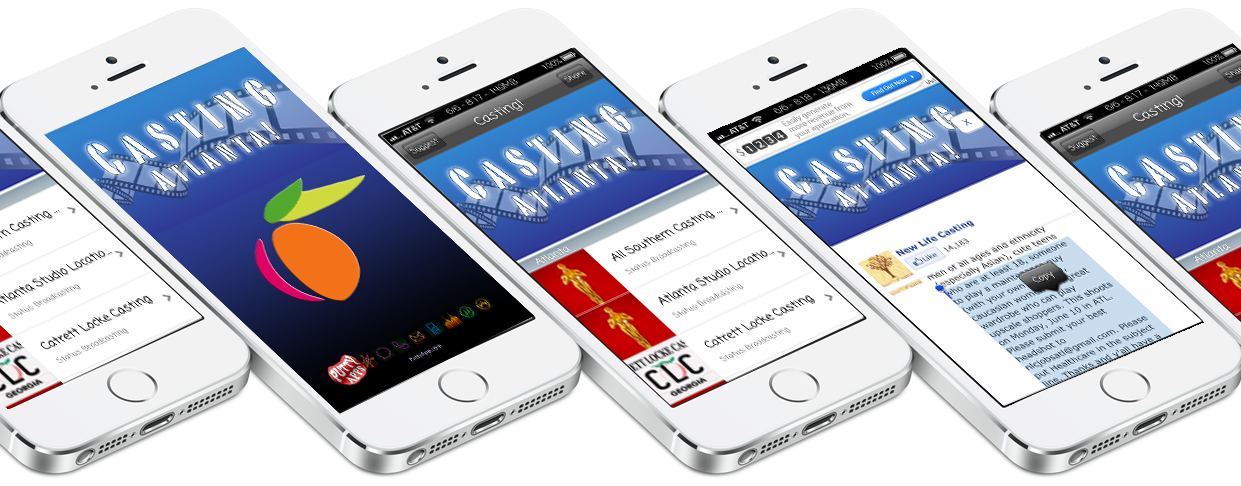Are Low-Cost Countries Inflating Global Streaming Stats?
In today’s global music industry, streaming platforms like Spotify have become the dominant metric of an artist’s popularity and commercial success. Monthly listeners, total streams, and geographical data are used in marketing, industry rankings, and even award nominations. But behind these impressive numbers, there may be strategic moves that are less well-known to the public, including the quiet exploitation of low-cost streaming regions.
Some industry observers have noted that artists with large streaming audiences in markets like Indonesia and the Philippines may benefit from high listener volumes, even if per-stream payouts are lower.
A recent look at Justin Bieber’s Spotify statistics shows an interesting pattern. With over 86 million monthly listeners and ranked #8 in the world, Bieber is undeniably a global superstar. Having just released a new album (SWAG) he's topping the charts again. However, what raises eyebrows is that Jakarta, Indonesia tops his listener base with nearly 2 million monthly listeners, followed by São Paulo (Brazil), Quezon City (Philippines), Sydney (Australia), and Toronto (Canada). - and hes not alone.
Global Music Streaming Statistics from Spotify (July 2025 - Top Streams)
#1 - Bruno Mars: Jakarta, Sao Paulo, Quezon City, Santiago, Bandung - Monthly Listeners: ~111.9 M (highest globally)
#2 - The Weeknd: Jakarta, Sao Paulo, London, Sydney, Mexico City - Monthly Listeners: ~111.7 M
#3 - Lady Gaga: Jakarta, Sao Paulo, Santiago, Quezon City, Sydney - Monthly Listeners: ~101.6 M
#6 - Billie Eilish: Jakarta, London, Sydney, Sao Paulo, Paris - Monthly Listeners: ~93.6 M
#7 - Justin Bieber: Jakarta, Indonesia, Sao Paulo, Quezon City, Sydney - Monthly Listeners: ~86.7 M
#9 - Taylor Swift: Jakarta, London, Quezon City, Mexico City, Los Angeles - Monthly Listeners: ~81.5 M Hypebot
#14 - Ariana Grande: Jakarta, London, Quezon City, Sydney, Sao Paulo - Monthly Listeners: ~77.0 M
#20 - Katy Perry: Jakarta, São Paulo, Sydney, Melbourne, London - Monthly Listeners: ~67.5 M
So why are developing nations like Indonesia and the Philippines—where the average per-stream payout is significantly lower than in Western countries—so prominently represented in these figures?
Note: This article does not accuse any artist of misconduct, but highlights trends and strategies that are widely discussed within the industry. These stats reinforce how Jakarta, Indonesia, and Quezon City are disproportionately represented in many U.S. artists’ listener city rankings. Despite higher per-stream payouts in Western markets, these trigger cities often play a key role in inflating listener metrics, boosting global discovery, and influencing algorithmic reach.
Asian Artists Statistics and Streaming Numbers:
🧑🎤 Artists from Indonesia or the Philippines with Strong Local Reach
These local stars dominate streaming within their own countries and are often featured prominently in global Spotify data—sometimes skewing listener origin toward Jakarta or key Philippine cities:
Rich Brian (Jakarta native): First Indonesian artist to surpass 10 million monthly listeners on Spotify. Widely listened from his hometown region. VOI+15Coconuts+15NME+15
Pamungkas (Jakartaborn): Named the most-streamed local artist in Indonesia in 2020 with strong Jakarta listener numbers. Bandwagon+4The Jakarta Post+4Wikipedia+4The Economics of Streaming
Spotify and other platforms operate on a pro-rata payment model, which pools subscription revenue and distributes it to rights holders based on stream counts. However, the payout per stream is not equal across countries. In markets like the U.S. or Germany, a single stream might be worth $0.003 to $0.005. But in countries like Indonesia or the Philippines, that number can drop dramatically, sometimes below $0.001 due to cheaper subscription costs and lower ad revenue.
This discrepancy means that streams from low-cost countries are cheaper to generate at scale—making them attractive targets for both organic growth strategies and potential artificial manipulation.
Strategic Targeting, AD spend, and "Stream Farming"
Some artists or their labels may target emerging markets intentionally. Here's how:
Localized Marketing: Promoting heavily in low-cost countries through localized playlists, influencers, or sponsored ads to drive up listener counts.
Touring and Radio Play: Holding concerts or collaborating with local artists to build regional popularity.
Stream Farms: While harder to prove, some speculate the use of "stream farms"—automated or low-wage workers paid to loop songs—which are easier to operate in countries where labor and tech infrastructure costs are low.
By inflating listener counts from these regions, artists may benefit from:
Higher rankings on global charts.
Increased playlist placements due to algorithmic favor.
Stronger negotiating power with labels and sponsors.
Improved social proof, since bigger numbers attract more organic attention.
Running ads in places like Indonesia or the Philippines is much cheaper than in countries like the U.S. or the U.K. For the same amount of money, artists can reach way more people in these low-cost countries. That means it’s easier and more affordable to get songs played, boost stream numbers, and climb the charts just by focusing on these cheaper markets.
Ethical and Industry Concerns
This tactic, while savvy from a business standpoint, raises ethical concerns:
Revenue imbalance: Artists with organic followings in high-paying regions may earn less than those gaming the system via volume in low-paying ones.
Misleading metrics: Fans and industry insiders may assume an artist's popularity is more evenly global or lucrative than it actually is.
Platform integrity: Spotify and others continue to battle fake streams and manipulation, but the blurred line between smart marketing and artificial inflation remains a grey area.
In Conclusion
Streaming platforms have democratized music access and given artists tools to grow globally—but with that comes a new game of strategy. By targeting low-cost countries, either organically or artificially, popular artists may inflate their streaming metrics at scale and low cost, gaining an edge in the increasingly competitive digital music ecosystem.
As fans and industry professionals, it’s worth asking not just how many people are listening—but where and why.












